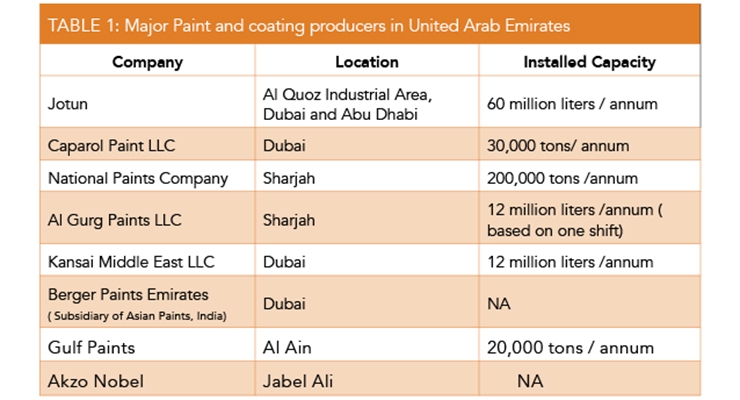Seasonal Factors In Commercial Exterior Painting: Key Insights You Need To Know
Seasonal Factors In Commercial Exterior Painting: Key Insights You Need To Know
Blog Article
Short Article Composed By-Fox Rodriquez
When you're planning an industrial outside paint project, seasonal variables can make or break your outcomes. You'll intend to take into consideration exactly how temperature and moisture influence paint application and drying times. Selecting the ideal period can guarantee your paint adheres properly and lasts longer. But which periods are absolutely the most effective for this type of job? Allow's check out the crucial elements that can influence your job's success.
The Effect of Temperature on Paint Application
When you're planning an industrial external paint job, the temperature level can considerably affect how well the paint sticks and dries.
Preferably, you wish to paint when temperature levels vary between 50 ° F and 85 ° F. If it's as well cold, the paint may not treat correctly, resulting in problems like peeling off or cracking.
On the other hand, if it's also warm, the paint can dry too rapidly, preventing appropriate bond and leading to an uneven finish.
You should likewise think about the moment of day; morning or late afternoon supplies cooler temperature levels, which can be a lot more beneficial.
Constantly examine the supplier's suggestions for the certain paint you're using, as they often supply guidance on the suitable temperature variety for ideal results.
Moisture and Its Effect on Drying Times
Temperature level isn't the only ecological factor that influences your commercial outside painting task; moisture plays a significant duty too. High moisture degrees can decrease drying times significantly, affecting the total high quality of your paint work.
When the air is filled with wetness, the paint takes longer to treat, which can cause issues like poor attachment and a greater risk of mold growth. If gym painting on a specifically humid day, be planned for extensive wait times between coats.
It's crucial to check regional weather and plan appropriately. Preferably, https://independentpaintersnearme89998.bligblogging.com/35668094/how-to-find-a-trustworthy-paint-contractor-for-your-next-job for humidity levels between 40% and 70% for optimum drying.
Maintaining these factors in mind ensures your task remains on track and delivers a long-term finish.
Best Seasons for Commercial Outside Paint Projects
What's the best time of year for your industrial exterior painting tasks?
Springtime and early loss are normally your best bets. Throughout these periods, temperature levels are mild, and humidity degrees are usually lower, producing suitable conditions for paint application and drying out.
Stay clear of summer's intense heat, which can cause paint to completely dry also quickly, resulting in inadequate adhesion and coating. In a similar way, winter season's chilly temperature levels can impede proper drying and treating, risking the long life of your paint task.
Aim for days with temperatures between 50 ° F and 85 ° F for optimal results. Bear in mind to inspect the neighborhood weather report for rainfall, as damp problems can destroy your job.
Planning around these aspects ensures your painting project runs efficiently and lasts much longer.
Verdict
In conclusion, intending your commercial external painting jobs around seasonal considerations can make a considerable distinction in the result. By scheduling work during the optimal temperatures and humidity levels, you'll make sure much better adhesion and drying out times. Keep in https://news.arizona.edu/story/stolen-painting-returns-home-uarizona to watch on neighborhood weather forecasts and pick the right time of year-- springtime and very early fall are your best choices. Taking these steps will help you attain a sturdy and expert finish that lasts.
